The New Year season in Japan is a time of renewal: the chance to say goodbye to the old and to usher in the new. As you may imagine, there are many unique customs and ceremonies to mark the change. As it is in many cultures, food (and drink) is an important part of the festivities. From the simple New Year’s eve dishes of Otoshi-koshi soba, (year-crossing buckwheat noodles), to zoni (soup with rice cakes) to the midnight tradition of drinking a cup of ama-zake (sweet rice wine) at the stroke of twelve on the first visit of the year to the neighborhood temple with your neighbors and friends, these are all time-honored rituals. But perhaps none of them alone can rival the centerpiece of New Year’s cuisine: Osechi Ryori. No matter how many times your friends have been to the local sushi shop or ramen joint back home, they will never find osechi on the menu as it is eaten only in Japanese homes and only at New Years. Osechi is as much about the food as it is about the presentation and great care is taken in arranging the foods based on how their colors, tastes and smells go together.
Osechi ancestry
Osechi traces its roots back to ancient China, which introduced the tradition of celebrating significant seasons or periods with festivals. New Year’s day was one of the seasonal festivals of the Imperial Kyoto Court and the tradition of osechi began there. In those days, it was forbidden to cook over the first three days of the New Year and osechi was prepared in advance and stored in special boxes called jubako, to sustain hungry families through that time. Later osechi became a necessity as virtually all stores and shops in the country were shuttered over the holidays. Osechi also provided a nice break for moms, allowing them a few days respite from cooking.
Jubaku are unlike regular bento boxes and are lacquered and decorated with intricate designs and patterns. The boxes are stacked and are to be eaten in a certain order, with lighter appetizers and snacks in the upper layers with main dishes in the lower layers. Absent from traditional osechi, but prevalent in modern osechi is sushi, which would have spoiled in the past. Osechi is generally prepared to be eaten cold and ready-to-eat straight from the jubako.
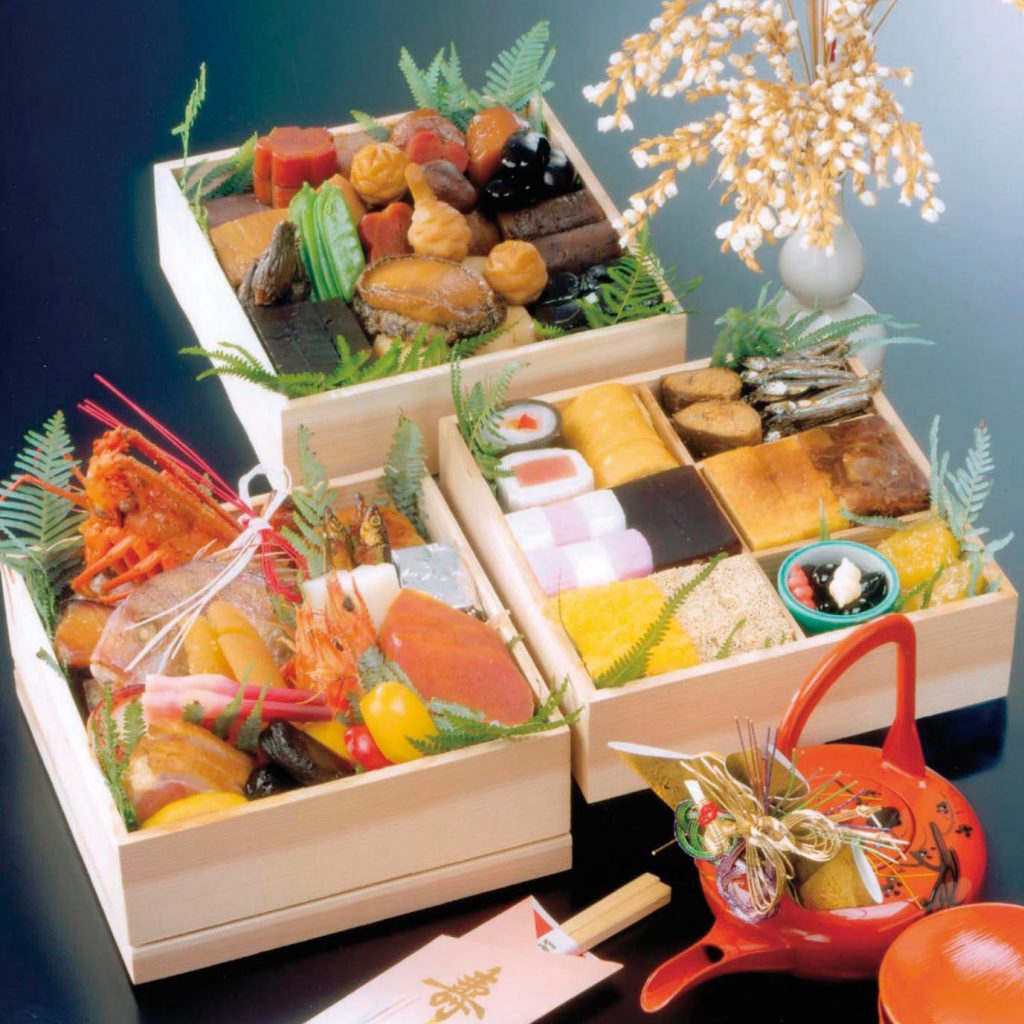
What does my food mean?
Osechi mainly revolves around vegetables and seafood with meat occasionally added in some cases. The items in osechi jubako vary greatly across Japan and no single osechi set will contain all the possible foods. However, some of the typical items included on the osechi menu have special significance and are eaten with the hopes of future health, happiness, luck or prosperity, while others are simply considered a festive food. Because osechi needs to be stored, many of the items are pickled, dried or cured to prevent spoilage. Namasu is long slices of pickled carrots and daikon. Other vegetables found in the Jubaku include satoimo sweet potato, shitake mushrooms, gobo (burdock root) and takenoko bamboo shoots. Kazunoko is herring roe and people who eat it are hoping for children or descendents in the coming year. Kuromame are black soybeans and symbolize health and desire to be able to work hard in the New Year. Datemaki is an omelet made with fish paste or pureed shrimp and is thought to represent a future of sunshine and represent an auspicious future. Kuri Kinton are sweetened, mashed sweet potatoes mixed with pulped chestnuts. The golden color of this dish represents wealth and prosperity. It is worth noting that sugar was an expensive commodity in ancient Japan and the liberal use of it in this and other osechi dishes is a testament to the importance placed on osechi. Kombu is a type of seaweed and eating this is believed to bring joy. Ikura ( Ebi, or shrimp, are often ubiquitous in osechi jubako and are sometimes cooked in a mixture of sugar and salt or simply boiled. Some people think these shrimp represent longevity. Tazukuri, are dried sardines and go back to the days when the fish were used to fertilize rice paddies and are equated with bountiful harvests. Renkon or lotus root is typically pickled or stewed in a sweet soy sauce and its many holes allow one to see into the future. Kamaboko, those pink and white fish cake slices you may have encountered in ramen are seen to represent the rising sun and are simply a feel-good, festive food. Yuzu, a Japanese winter citrus, is spread liberally throughout the boxes, offering both bitterness and sweetness to the dishes. Although osechi is mostly made up of vegetables, some osechi jubako contain meat, including yawatamaki, which are either beef or eel wrapped around gobo and other vegetables and made into rolls. Yakibuta is a New Year’s favorite in many homes and is tender slices of marinated pork loin.
How do I eat it and where can I get it?
Osechi is usually left out to be snacked on throughout the first three days of the New Year and is typically eaten with special chopsticks, which are pointed on both ends and are only used for the occasion. Traditionally, osechi was prepared in the home by the mother and ladies of the house, but today many people choose to buy their osechi ready made. Osechi is available at supermarkets, department stores and can also be found at traditional Japanese restaurants. Be warned, though, osechi is expensive and even the most economical set will run about ¥10,000 and the best-of-the-best can run upwards of ¥50,000.
For unique taste of traditional Japan, Osechi is a cornucopia of tastes, textures and smells and is a great way to spend time enjoying some sake or other drinks with loved ones and welcoming in the new year.
By James Souilliere
From WINING & DINING in TOKYO #42

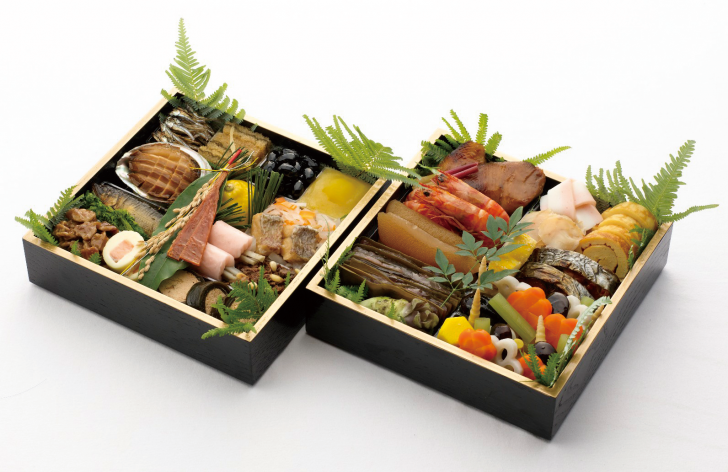



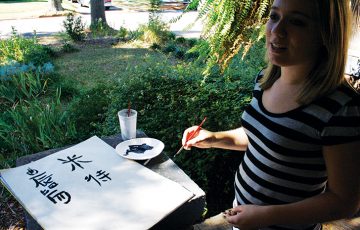
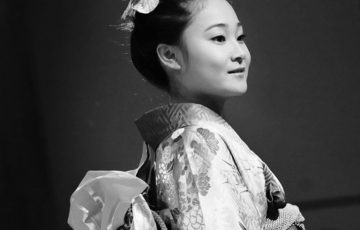

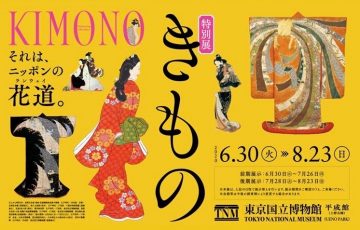
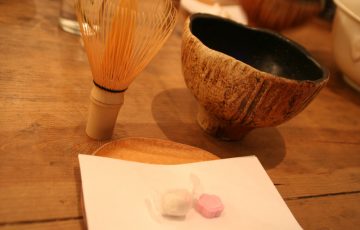


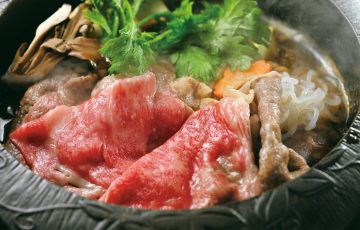


Recent Comments